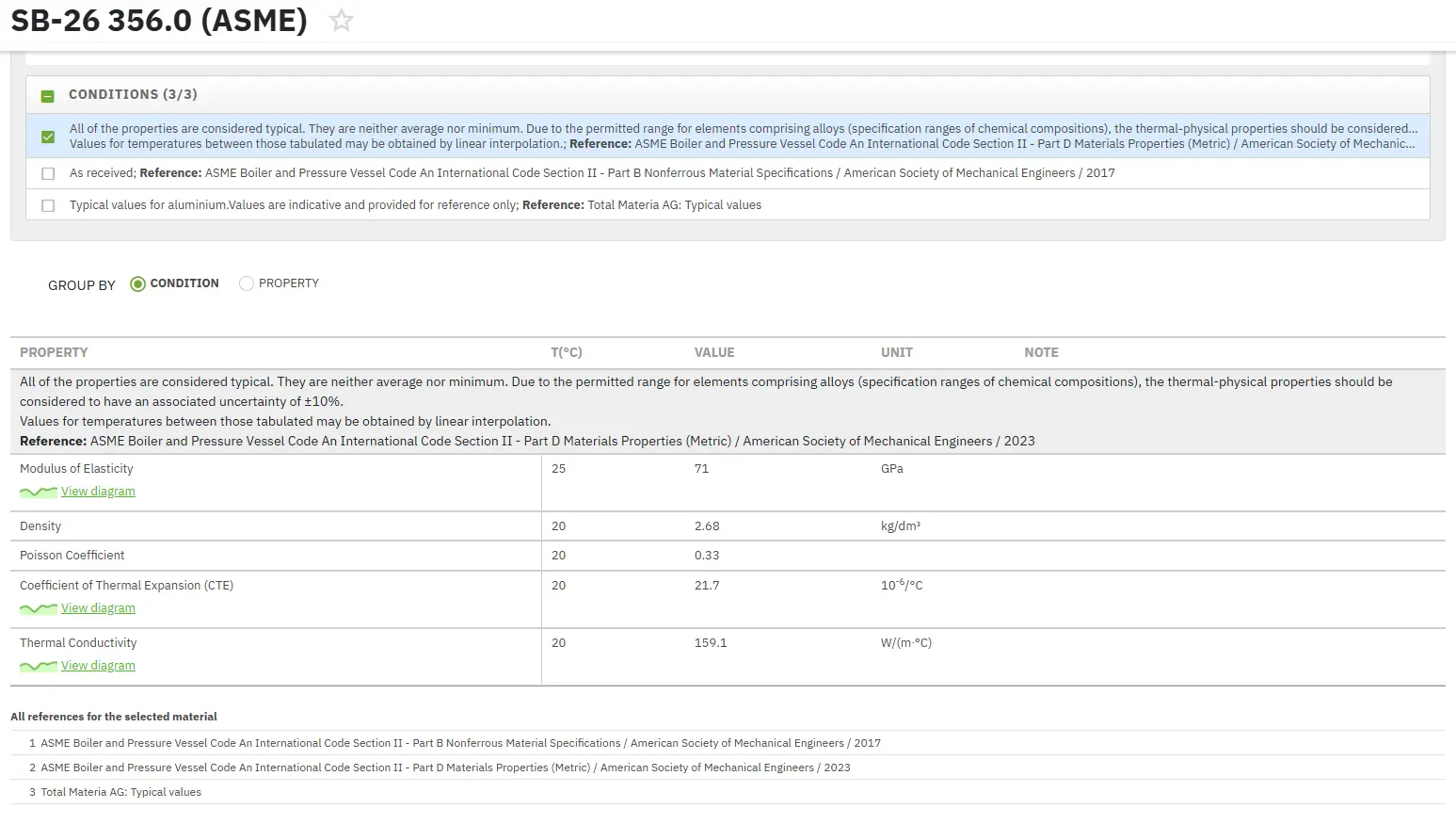Electromagnetic Sorting of Ferrous Metals: Part One
Abstract
Practice covers the procedure for sorting ferrous metals using the electromagnetic (eddy-current) method. The procedure relates to instruments using absolute or comparator-type coils for distinguishing variations in mass, shape, conductivity, permeability, and other variables such as hardness and alloy that affect the electrical or magnetic properties, or both, of the material. The selection of samples to determine sorting feasibility and to establish calibration standards is also included.
The two techniques that are primarily used in electromagnetic sorting employ the absolute (single-) and comparative (two-) coil methods. The decision of whether to use single-coil or two-coil operation is usually determined by empirical data.
Practice covers the procedure for sorting ferrous metals using the electromagnetic (eddy-current) method. The procedure relates to instruments using absolute or comparator-type coils for distinguishing variations in mass, shape, conductivity, permeability, and other variables such as hardness and alloy that affect the electrical or magnetic properties, or both, of the material. The selection of samples to determine sorting feasibility and to establish calibration standards is also included.
Sorting Practice
The two techniques that are primarily used in electromagnetic sorting employ the absolute (single-) and comparative (two-) coil methods. The decision of whether to use single-coil or two-coil operation is usually determined by empirical data.
In the absolute-coil method, the equipment is calibrated by placing standards of known properties in the test coil. The value of the tested parameter (for instance, hardness, alloy, or heat treatment) is read on the scale of an indicator. In the comparative-coil method, the test piece is compared with a reference piece and the indication tells whether the piece is within or outside of the required limits.
In absolute coil method, a sample of known classification is inserted in the test coil, and the controls of the instrument are adjusted to obtain an indication. The test is then continued by inserting the pieces to be sorted into the test coil, and observing the instrument indication.
In comparative coil method, known reference pieces representing the minimum or maximum limits of acceptance, or both, are inserted in the reference coil and test coil. The instrument controls are adjusted for appropriate indications. The test is then continued by inserting the pieces to be sorted in the test coil, leaving a known reference in the reference coil, and observing the instrument indication.
The range of instrument indication must be so adjusted in the initial step that the anticipated deviations will be recognized within the range of readout according to whether two- or three-way sorts are to be accomplished.
Both absolute and comparative methods require comparing the pieces to be tested with the reference piece(s). Two or more samples representing the limits of acceptance may be required. In the absolute method the electrical reference is generated by a test piece. In the comparative method any electromagnetic condition that is not common to the test specimen and the standard will produce an imbalance in the system. The comparative method is usually more stable, as it normally suppresses all internal and external disturbances.
The testing process may consist of manual insertion of one piece after another into the test coil, or an automated feeding and classifying mechanism may be employed. In automated setups, it is sometimes necessary to stop each piece momentarily in the test coil while the reading is being taken, especially if low test frequencies are employed.
Significance and Use
Absolute and comparative methods provide a comparative measure for sorting large quantities of ferrous parts of stock with regard to composition; condition; and structure or processing, or both.
The comparative or two-coil method is used when high-sensitivity testing is required. The advantage of this method is that it almost completely suppresses all internal or external disturbances such as temperature variations or stray magnetic fields. The two-coil method is normally used when harmonic evaluation is employed for sorting.
The ability to accomplish satisfactorily these types of separations is dependent upon the relation of the magnetic characteristics of the ferromagnetic parts to their physical condition. These methods may be used for high-speed sorting in a fully automated setup where the speed of testing may approach ten pieces per second depending on their size and shape.
The success of sorting ferromagnetic material depends mainly on the proper selection of magnetic field strength and frequency of signal in the test coil, fill factor, and variables present in the sample. The degree of accuracy of a sort will be affected greatly by the coupling between the test coil field and the tested part and the accuracy with which the tested part is held in the test coil field during the measuring period.
When high currents are used in the test coil, a means should be provided to maintain a constant temperature of the test standard in order to minimize drift of the test results.
Find Instantly Precise Material Properties!
Total Materia Horizon contains physical, thermal and electrical properties for hundreds of thousands of materials, for different temperatures, and much more.

Get a FREE test account at Total Materia Horizon and join a community of over 500,000 users from more than 120 countries.